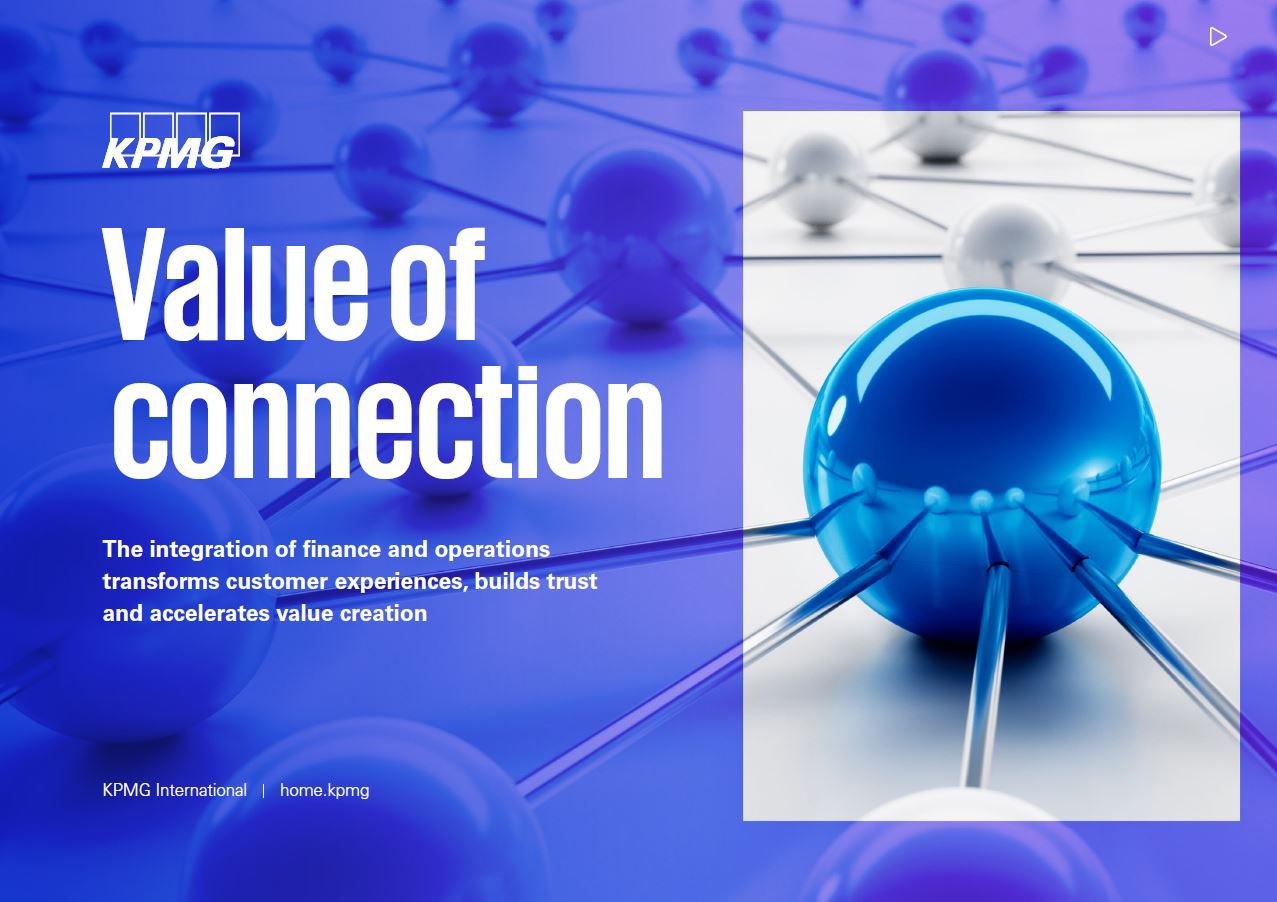Finance teams occupy a unique position in businesses. With an overview of the entire organisation’s performance and analytical capabilities, they can identify, combine and analyse data across organisational silos to enable better decision-making.
When it comes to innovation, they are well equipped to not just identify where investment should be allocated, but also monitor progress, govern execution and compare performance across investments.
We spoke to two finance leaders to find out how they are using new technology and data to power smarter decisions across the business.
The insurance giant with a plan to improve claims processes
With more than 100 million customers worldwide, AXA is one of the world’s largest insurers. The key to their success? Reliable, high-quality and timely customer interactions, powered by data.
Roland Moquet, CFO at AXA UK, says: “Consumers have become used to interacting with retailers online, whether that be enquiring about products and services, making a purchase or making a complaint. And they now expect this from their insurer.”
“These digital interactions only work if the finance and operations systems that support them are connected and plug into live data.”
Take the example of a vehicle breaking down. Whoever is processing the insurance claim — human or chatbot — needs instant access to the claimant’s policy and relevant data, such as information needed to send a mechanic to repair the vehicle.
Apart from day-to-day claims processing, Moquet says that easy access to live finance and operations data helps senior management to make decisions such as adjusting prices, expanding into new sectors and launching new products.


Increasing access to this type of data is not easy. “Large insurers that have been around for some time use systems that were not designed for data extraction, which is a big issue,” he explains. “It can take a day to get the data you need, and by the time you get it you realise you need something different.”
Just
46%
of finance leaders are very satisfied with their ability to make informed decisions based on data
How can organisations remedy this? “There’s no quick fix. The only way to make material improvements is to move core systems and data to the cloud, which makes data much more accessible.”
Even with a significant volume of data in the cloud, Moquet says that businesses need to work hard to organise and structure it. That data also must be clean, standardised and based on clear definitions. Strict data-entry governance and controls, combined with data processing tools, will help to achieve this.
He adds that businesses need to define the requirements for data analysis. This calls for close collaboration between operations and finance. “You need a good analytical framework, which means clearly defining and articulating what insight you need and what problem you are trying to solve with data.”
“Finance, operations and the wider business need to collectively define this before you start digging into data. That’s key to success but is often overlooked.”
Company mines stronger business strategies with new tech
Ashanika Perimal, head of finance and business control at multinational mining engineering company Sandvik, has led the implementation of multiple technologies within finance functions in her career. They span financial planning, budgeting and forecasting tools, automated digital procure-to-pay systems, and travel and expenses claims platforms.
When implemented, planning and forecasting tools can for the bring together previously disjointed systems such as those used for stock planning, customer orders, financial transactions and logistics. They also free up the finance team for more interesting and value-added work.


47%
of finance leaders are prioritizing Cloud / SaaS-based core applications for investment in the next 18 months.
“These tools replace manual, Excel-based processes, which are slow and frustrating and involve bringing lots of data together,” says Perimal. “By using artificial intelligence, automation and robotics, we strip out all of the mundane and repetitive actions, which enables the finance team to use their real skill, which is critical thinking, analytics and questioning. The tools empower people to go to the next level.”
Powerful forecasting tools also drive efficiency. For example, armed with more accurate and timely finance and operational data, finance has better insight into the impact of poor stock turnaround and write-offs on cash flow and profitability. This enables them to initiate conversations with various operations teams to address issues.
Such technologies further refine finance teams’ strategies as well. “With the right data and technology, finance can start to run powerful scenario analyses that can inform key business decisions. All of a sudden, we can work out the impact of raising prices by 5% or the profitability of a new initiative that requires 50 new employees. The number one question people leading businesses ask is ‘what if?’. They always want to know what they would get out of a particular initiative. And scenario-planning provides this.”
Implementing new technologies is not easy. It requires coordination with the IT team to ensure that they can operate with legacy systems with security protocols in place. Inertia is another problem. The invisible challenge that leaders should prepare for is human resistance towards change and new systems, adds Perimal.
“My strategy is to get the buy-in of the team members before I start implementation. I engage them in how to resolve a particular problem and choosing the system that will help resolve it. New systems can also influence people’s psychology because they may worry about it replacing them. So, you need to reassure them that it won’t.”
Key takeaways
These case studies demonstrate the advantages of investing in technology that brings finance and operations data together. Many businesses struggle to do this. In our global KPMG survey, only 42% are ‘very satisfied’ with their ability to share information between operations and finance.
Read our main report to find out how operations and finance can power business transformation through cross-collaboration.



